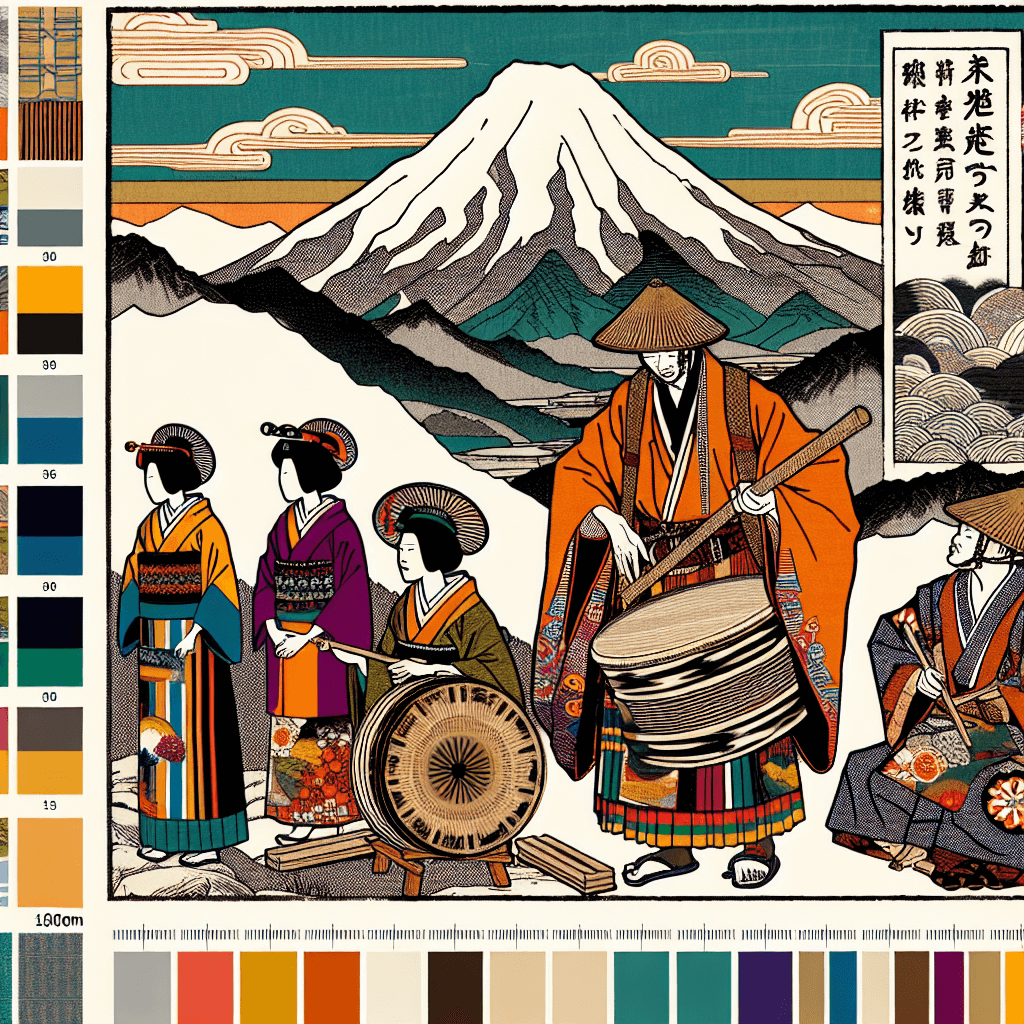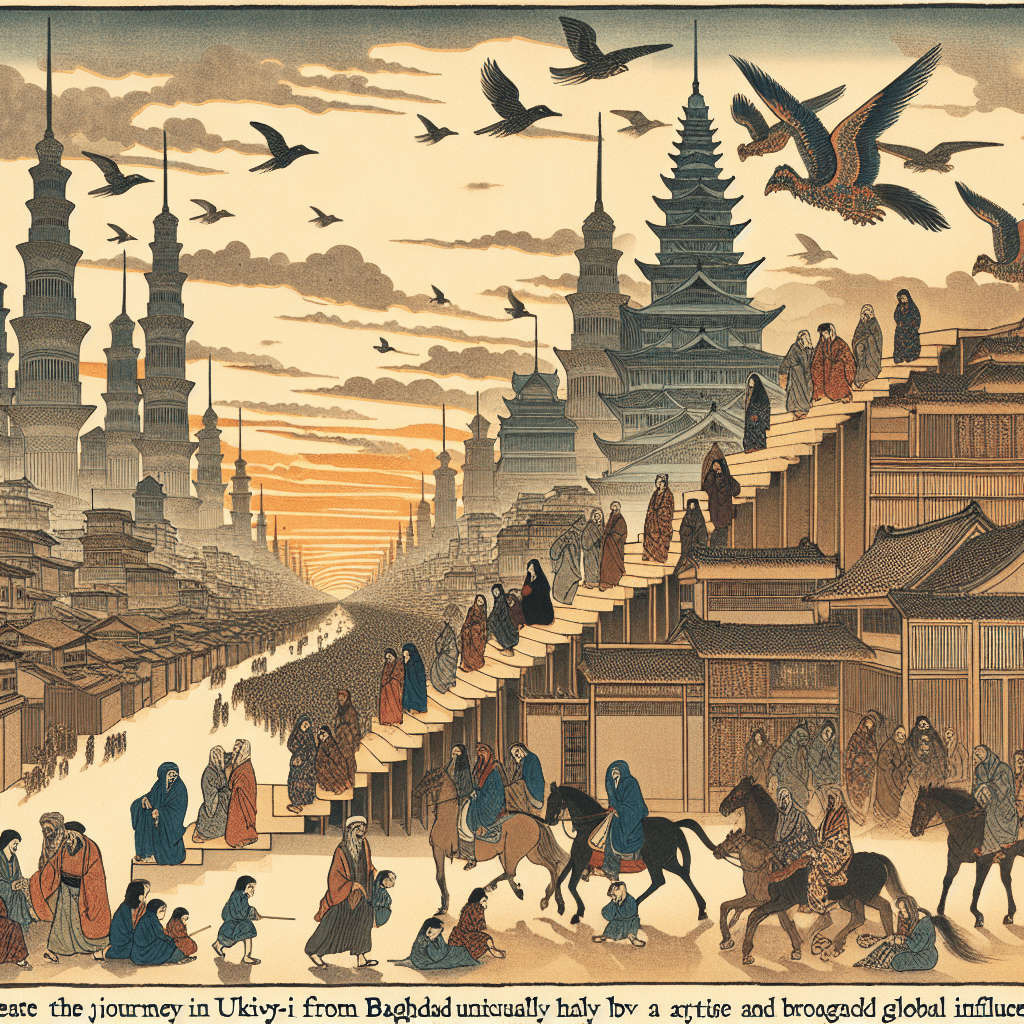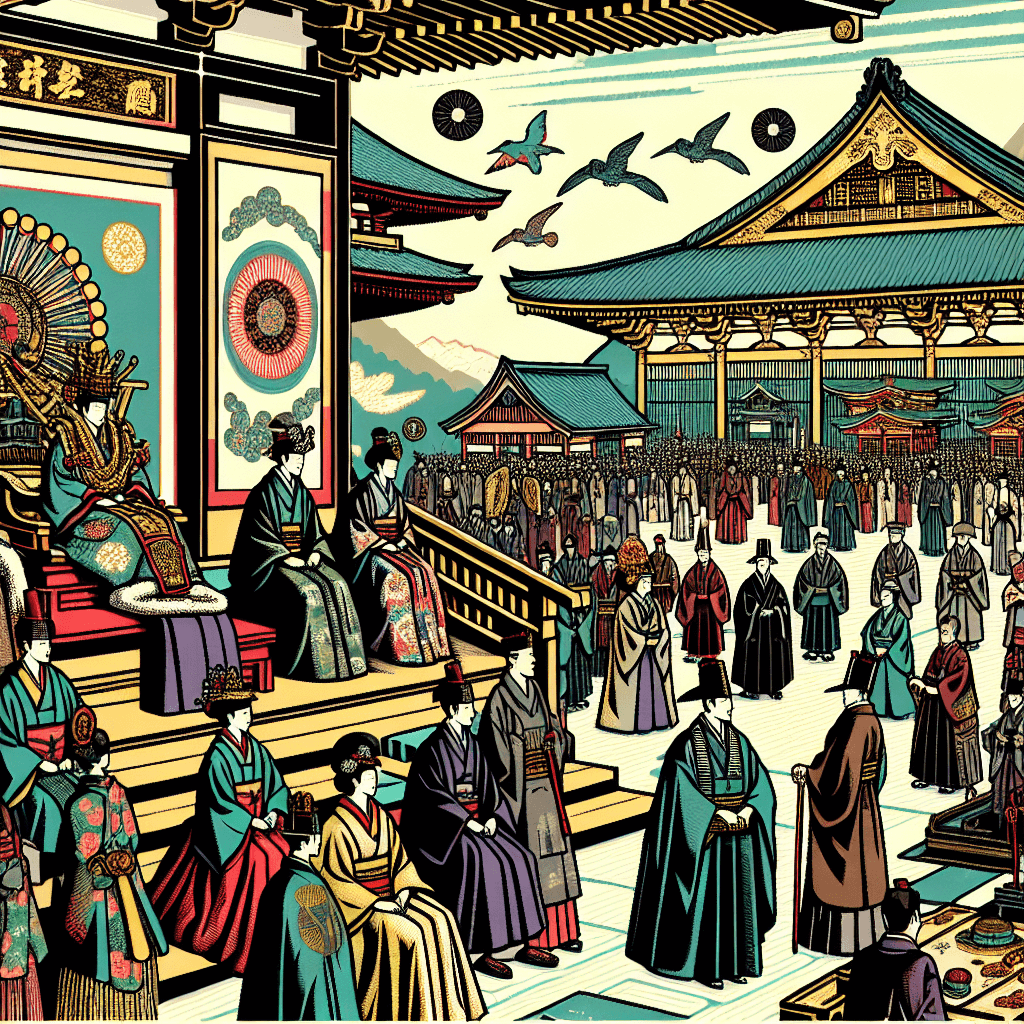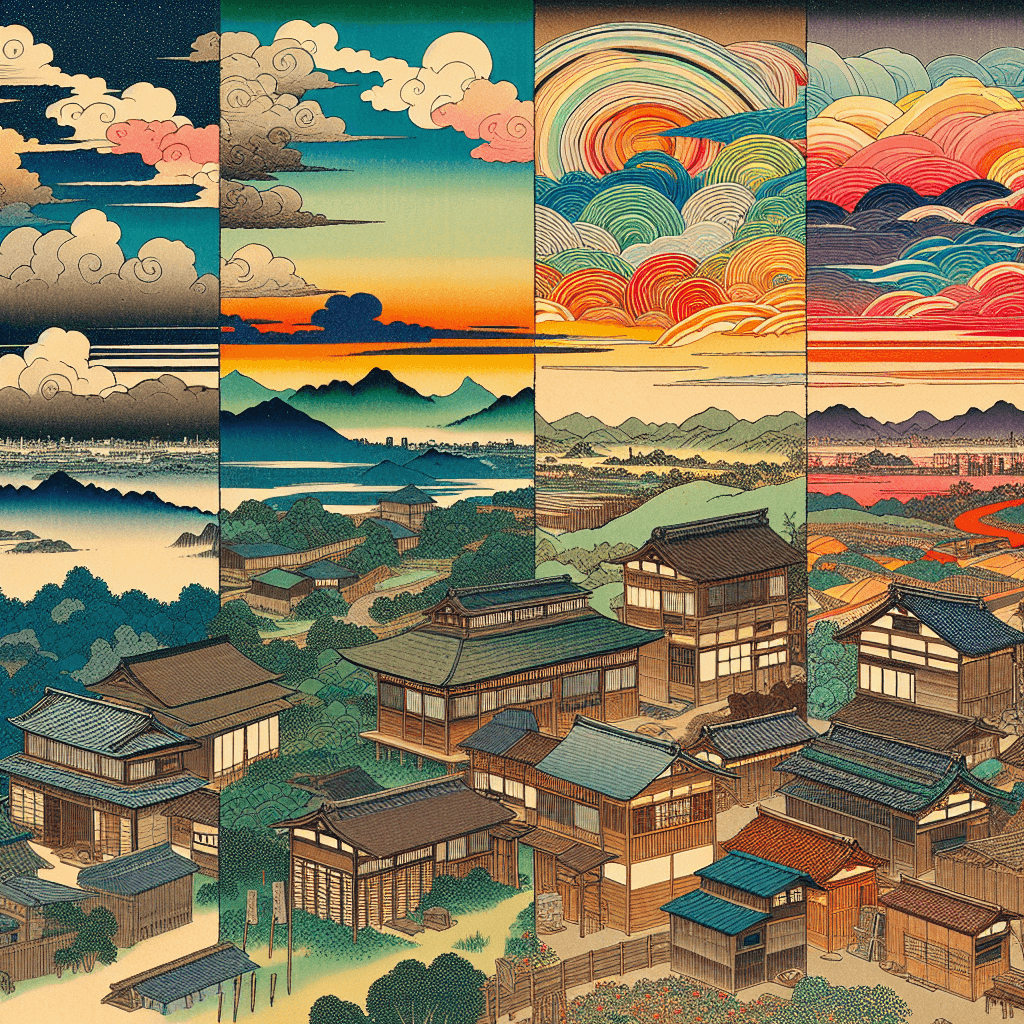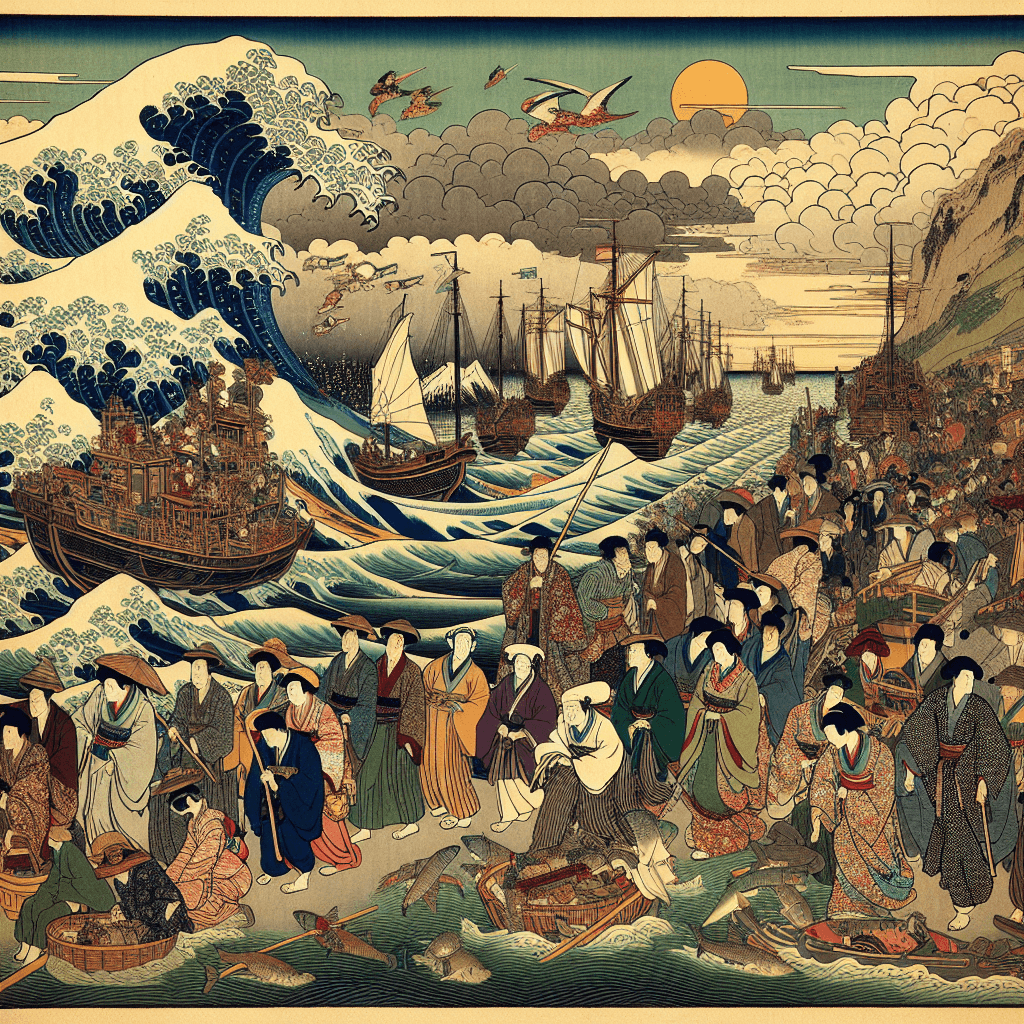A World of Color: Cultural Palettes and Their Meanings
syndu | Sept. 5, 2024, 2:16 a.m.
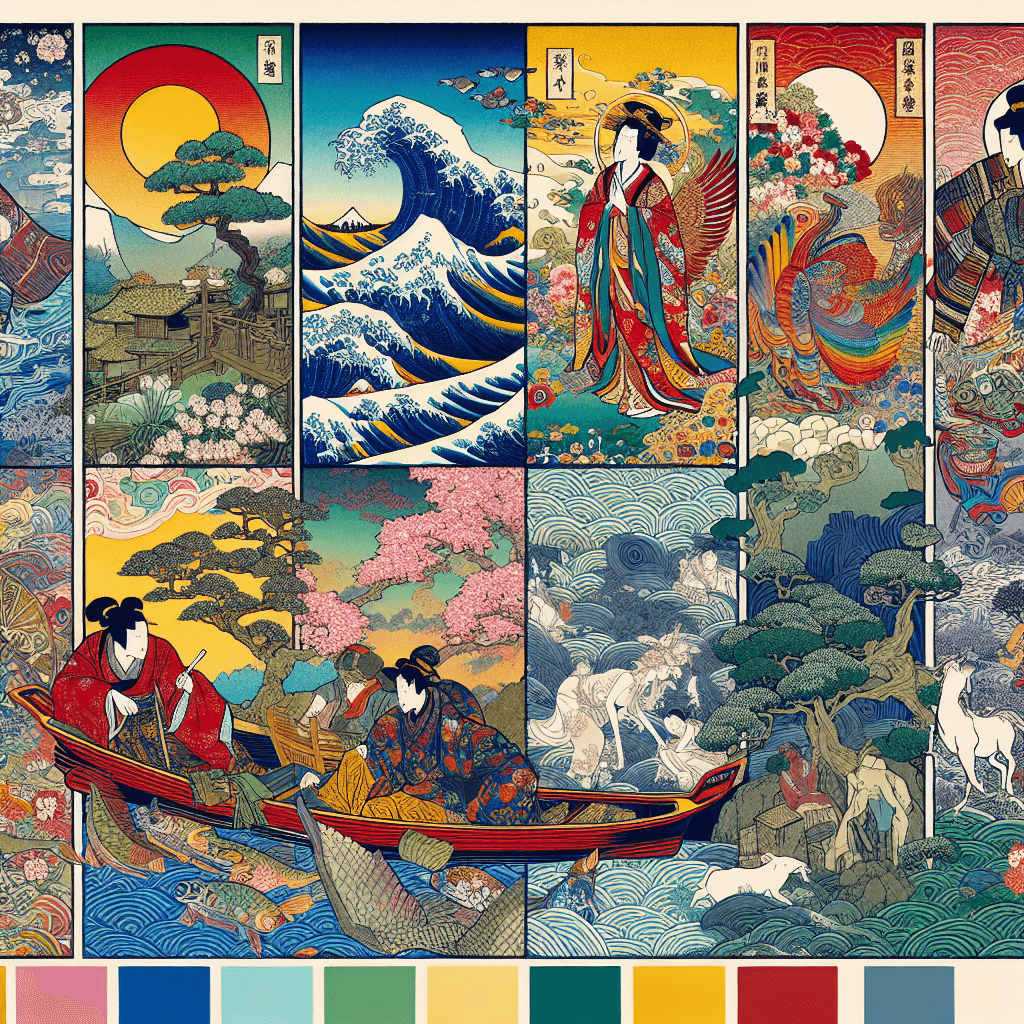
A World of Color: Cultural Palettes and Their Meanings
Introduction
Title: "A World of Color: Cultural Palettes and Their Meanings"
Summary: This blog post explores the color palettes unique to various cultures and how these colors are used in art, fashion, and daily life. It aims to provide readers with a comprehensive understanding of how different cultures interpret and utilize colors, highlighting the rich diversity and significance of color in human societies.
Color Palettes in Asian Cultures
China
- Red: Symbolizes luck, happiness, and prosperity. It is prominently used in festivals, weddings, and New Year celebrations.
- Yellow: Represents royalty and power. Historically, it was reserved for the emperor and is often seen in imperial architecture and artifacts.
- Green: Associated with health, prosperity, and harmony. It is commonly used in traditional clothing and decorations.
- Blue: Symbolizes immortality and healing. It is often used in ceramics and traditional art.
Japan
- White: Represents purity and simplicity. It is commonly used in traditional ceremonies and clothing, such as the kimono.
- Red: Symbolizes life and energy. It is used in festivals, temples, and traditional attire.
- Black: Associated with formality and elegance. It is often used in formal wear and traditional arts.
- Gold: Represents wealth and prestige. It is used in traditional crafts and decorations.
India
- Saffron: Symbolizes purity and spirituality. It is used in religious ceremonies and traditional attire.
- Green: Represents fertility and prosperity. It is commonly seen in traditional clothing and decorations.
- Blue: Associated with the divine and the infinite. It is used in religious art and architecture.
- Red: Symbolizes purity and marital bliss. It is prominently used in weddings and festivals.
Color Palettes in African Cultures
West Africa
- Yellow: Represents wealth and fertility. It is often used in traditional clothing and jewelry.
- Green: Symbolizes growth and prosperity. It is used in ceremonial attire and decorations.
- Blue: Associated with protection and spirituality. It is commonly seen in traditional textiles and art.
- Red: Represents life and health. It is used in rituals and traditional clothing.
East Africa
- White: Symbolizes purity and peace. It is used in traditional ceremonies and clothing.
- Black: Represents the ancestors and spirituality. It is often used in traditional art and rituals.
- Gold: Associated with wealth and status. It is used in jewelry and ceremonial attire.
- Green: Symbolizes fertility and the land. It is commonly seen in traditional clothing and decorations.
Color Palettes in European Cultures
Mediterranean
- Blue: Represents the sea and sky. It is commonly used in architecture and traditional crafts.
- White: Symbolizes purity and simplicity. It is used in traditional clothing and decorations.
- Red: Associated with passion and energy. It is used in festivals and traditional attire.
- Yellow: Represents warmth and happiness. It is commonly seen in art and architecture.
Northern Europe
- Green: Symbolizes nature and growth. It is used in traditional clothing and decorations.
- Blue: Represents calm and stability. It is commonly seen in traditional art and crafts.
- Red: Associated with warmth and protection. It is used in traditional festivals and clothing.
- White: Symbolizes purity and peace. It is used in traditional ceremonies and attire.
Color Palettes in Latin American Cultures
Mexico
- Red: Represents life and passion. It is used in festivals, traditional clothing, and art.
- Green: Symbolizes independence and hope. It is commonly seen in national symbols and traditional attire.
- Yellow: Associated with warmth and energy. It is used in traditional crafts and decorations.
- Blue: Represents the sky and water. It is used in traditional art and architecture.
Brazil
- Green: Symbolizes the lush landscape and nature. It is used in national symbols and traditional clothing.
- Yellow: Represents wealth and energy. It is commonly seen in festivals and traditional crafts.
- Blue: Associated with the sky and sea. It is used in traditional art and decorations.
- White: Symbolizes peace and purity. It is used in traditional ceremonies and attire.
Conclusion
Exploring the color palettes unique to various cultures provides valuable insights into how different societies interpret and utilize colors. By examining the cultural significance and practical applications of colors in art, fashion, and daily life, we gain a deeper appreciation for the rich diversity and meaning that colors bring to human experiences.
This blog post is part of the content series "The Spectrum of Time: Color, Culture, and Hours."
Stay tuned for the next installment, where we will explore the relationship between time and color and how different hours of the day influence our perception of colors.
If you have any specific preferences or additional topics you'd like me to cover, please let me know!

